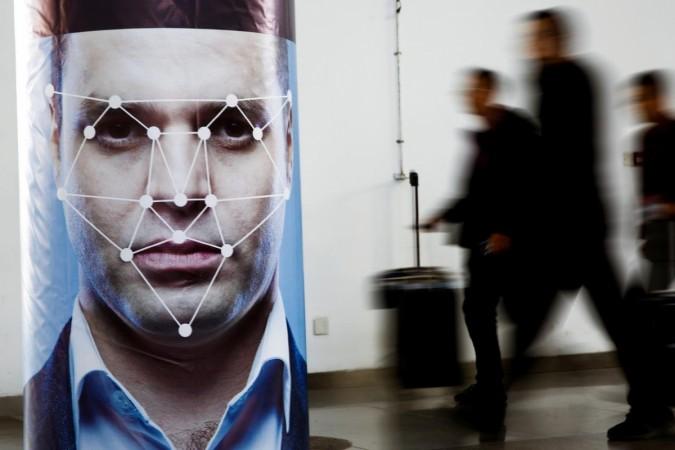Island nation Singapore will become the world's first country to use facial authentication to allow its citizens to access government offices, financial services, and other facilities with a fast face scan. The development is significant with the fact that it will do away with the user's need to remember a password or security dongle when performing many everyday tasks. The system is part of the country's attempt to use technology for electronic payments.
Facial authentication has already been in practice across the globe in multiple ways. Major technology giants including Apple and Google are already using this technology for tasks such as unlocking phones and making payments. Moreover, it has also been used by governments at airports for security checks on travellers.

However, the launch in Singapore is one of the most ambitious yet, and the first to attach facial recognition to a national identity database.
The app captures a series of images of a person's face in different lighting. These photos are then matched with other records, such as national identification cards, passports and jobs passes, already available to the government.
Big Surveillance concerns
Despite its increasing usage, face-scanning technology remains controversial and critics have raised ethical questions about it in some countries, such as law enforcement authorities scanning crowds to look for troublemakers.
Authorities in Singapore are often accused of targeting government opponents and taking a hard line on dissent, and advocates are worried about how to use face-scanning technology. The developers of this technology are contesting that facial verification is different from recognition as it requires user consent but they have not been able to address the concern related to privacy.

The existing system in place
The facial recognition technology is already in use at kiosks in Singapore's tax office branches, and one big Singapore bank, DBS, enables customers to open an online bank account with the help of facial identification. It is also likely to be used in protected areas of ports for verification and to ensure that students take their own exams. It will be open to any organization that requires it and meets the criteria of the government.

















